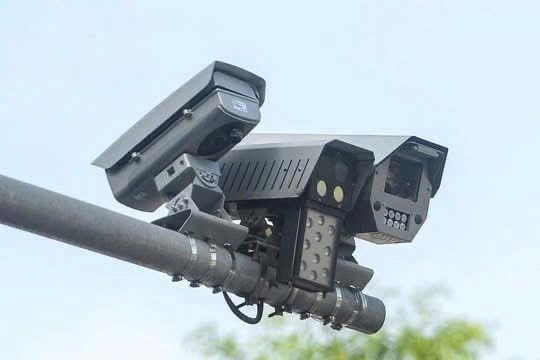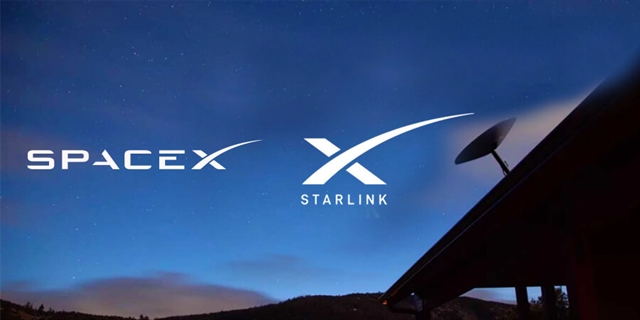 Society
Society

 |
| SpaceX's Starlink. |
HÀ NỘI — Starlink, the satellite internet service by world's richest man Elon Musk, may officially begin operating in Việt Nam as early as the fourth quarter of 2025, pending regulatory approval and legal formalities.
Speaking to the press on July 15, Deputy Minister of Science and Technology Phạm Đức Long said Việt Nam will issue a licence and pilot the controlled rollout of low Earth orbit (LEO) satellite-based telecommunications services once the provider completes its investment procedures and establishes a legal entity in the country.
So far, the only Vietnamese company to publicly express interest in the LEO satellite sector is the military-run telecom group Viettel – one of the three key players in this field alongside MobiFone and VNPT.
Viettel's Chairman Tào Đức Thắng confirmed that the group is conducting research on LEO technology, though no further details or outcomes have been shared.
The sci-tech ministry’s timeline strongly suggests that Elon Musk’s Starlink – operated by his aerospace company SpaceX – is the service being prepared for deployment.
Nguyễn Anh Cương, Deputy Director General of the Authority of Telecommunications under the Ministry of Science and Technology, confirmed that the Prime Minister has signed off on a pilot programme allowing 100 per cent foreign-owned companies, including SpaceX, to trial satellite internet services in Việt Nam.
Under current regulations, SpaceX must establish a local enterprise and submit its investment project to the Ministry of Finance. Once these steps are completed, it can apply for a telecommunications licence. Both the Ministry of Finance and the Ministry of Science and Technology are currently guiding the company through these procedures.
Cương also noted that the Ministry has submitted a proposal to the Prime Minister to prioritise eleven strategic technology sectors. Among them is aerospace, which includes three product groups: remote sensing and low-orbit communications satellites; ground stations and satellite control systems; and unmanned aerial vehicles.
Previous reports indicated that SpaceX is planning to invest around US$1.5 billion in Việt Nam to roll out the Starlink network. The goal is to bring high-speed internet access to all areas of the country, especially underserved remote, border, and island communities where traditional infrastructure remains limited.
Mobile networks currently cover 99.8 per cent of the population but only around 58 per cent of the mainland area and 14.5 per cent of the country’s total territory, including maritime zones.
The arrival of Starlink is expected to accelerate Việt Nam's digital transformation and help bridge the digital divide. Success, however, will depend on strong partnerships with domestic telecom providers and investment in the necessary infrastructure and supply chains.
If implemented effectively, Starlink could provide much-needed digital access to millions, offering new opportunities in education, healthcare, and commerce across hard-to-reach regions.
While expectations are high, SpaceX has not yet revealed its business model for Việt Nam.
Earlier this year, during a visit to the United States, Deputy Prime Minister Hồ Đức Phớc handed SpaceX an official decision permitting the company to pilot its LEO satellite services in Việt Nam. According to Decision No. 659 issued on March 23, SpaceX may trial its services nationwide for up to five years from the date its Vietnamese subsidiary receives a telecommunications business licence. The trial period must conclude by January 1, 2031. — VNS